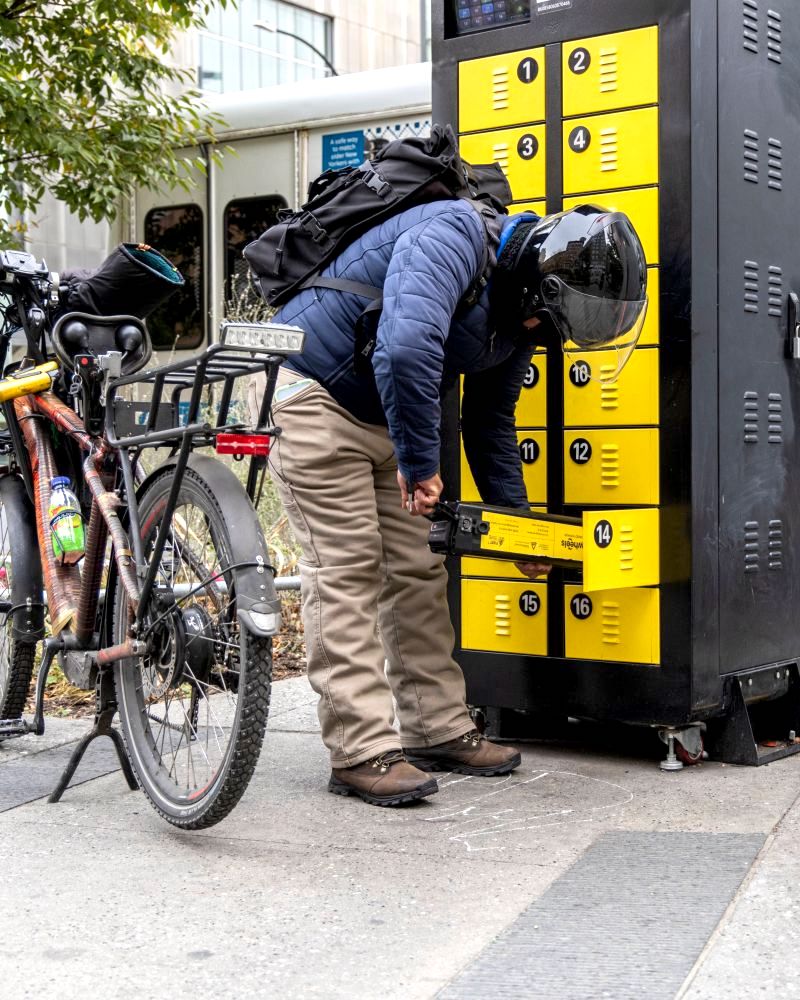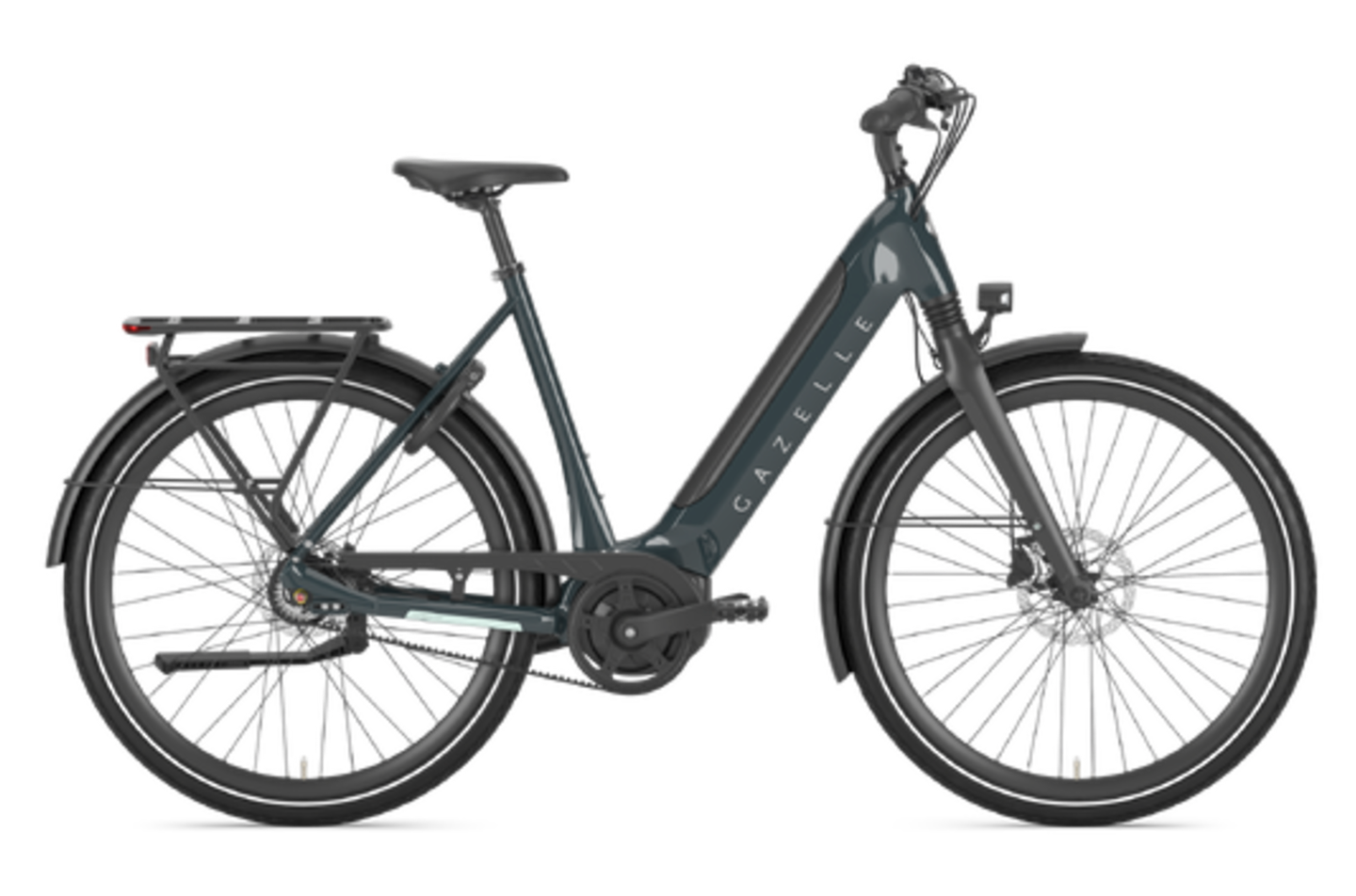January 3, 2025 - New York City Department of Transportation (NYC DOT) Commissioner Ydanis Rodriguez today announced the final rules authorizing property owners and tenants to seek approval to install electric micromobility device battery swapping and charging cabinets on sidewalks within the public right-of-way in front of their properties. Building on the success of last year’s pilot program that reduced e-battery charging in apartments, this rule is one of the key pieces of the Adams Administration’s Charge Safe, Ride Safe initiative to combat lithium-ion battery fires and support safe e-mobility use.

“Safer charging practices are integral to a cleaner and more sustainable future and installing charging infrastructure throughout the five boroughs will support the growth in e-bikes while also protecting all New Yorkers from deadly fires,” said NYC DOT Commissioner Ydanis Rodriguez. “These new rules will expand access to safe e-bike charging options and are informed by our public pilot, which increased the use of safer certified e-bike batteries, reduced in-home charging, and gave delivery workers greater peace of mind.”
“Protecting the public from the dangers of lithium-ion batteries is critically important to the safety of our city. As we enter an increasingly green future with a continued focus on renewable energy, we know we must explore every option in making sure these devices are used properly, and safely,” said FDNY Fire Commissioner Robert S. Tucker. “The new rules will give New Yorkers another option for storing and charging these devices outside their homes, which we know will keep residents and firefighters safe.”
Under the new rules, published Thursday in the City Record, a battery swapping and charging cabinet may be installed outdoors and adjacent to buildings with ground floor commercial and community facility uses and residential buildings with five or more dwelling units.
Each battery swapping and charging cabinet will need to comply with existing siting requirements for revocable consents, including clear path requirements to make sure there is space for the comfortable movement of pedestrians, and minimum clearance requirements from existing elements, such as subway entrances and bus stops. Additionally, each cabinet will need to comply with new size and installation requirements.
The new rules will take effect, and individuals may start the application process, on February 1, 2025.
Read the full release here.
















